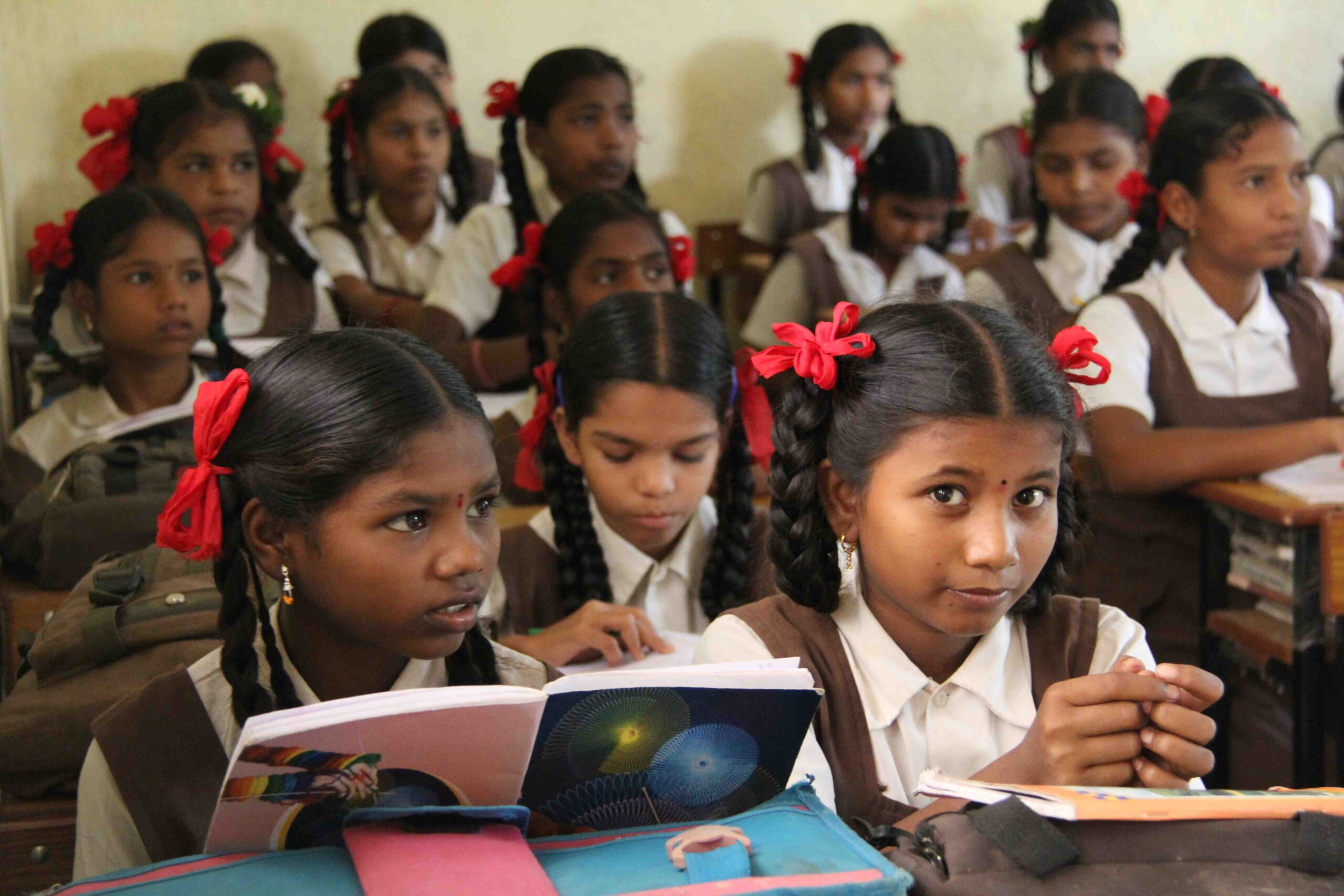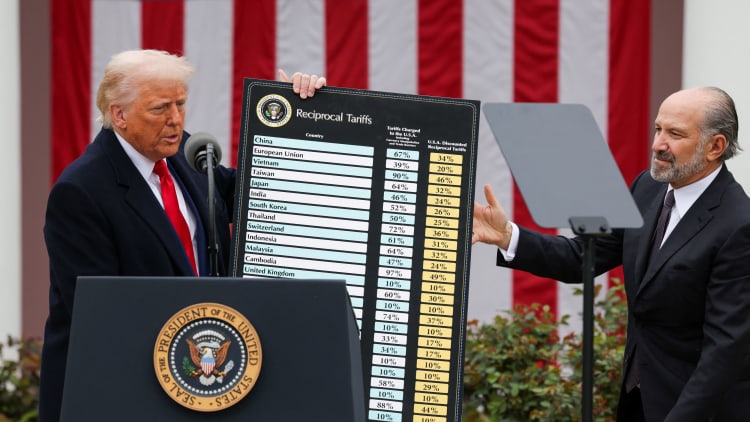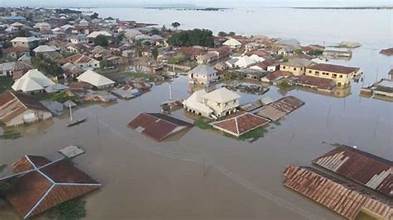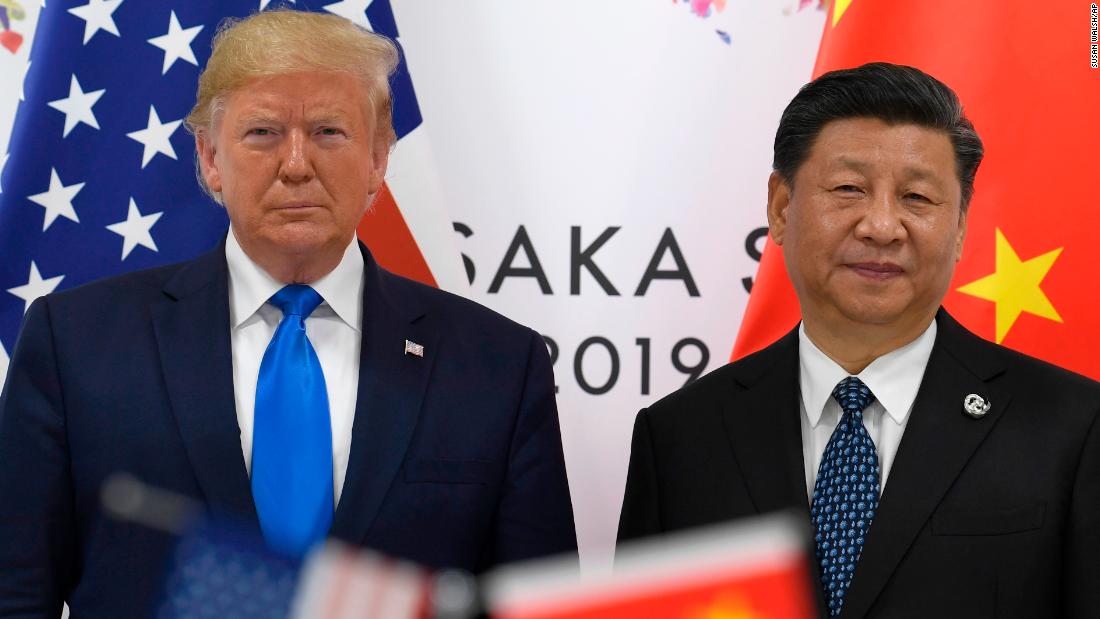Introduction to the Master’s in Hindi Journalism program at DU
Delhi University is making a significant stride in enhancing vernacular media education with the launch of its Master’s in Hindi Journalism program. This initiative comes at a crucial time, as there is an increasing need for quality journalism that resonates with regional languages and cultures across India. As our nation continues to evolve, so too does the media landscape, which plays an essential role in shaping public perception and discourse.
By offering this specialized program, DU aims to cultivate skilled journalists who can effectively communicate stories that matter to local communities. With vernacular media gaining more prominence than ever before, this course promises not just academic excellence but also empowerment through language and culture. The future of journalism is here, and it’s rooted deeply in our diverse linguistic heritage.
Importance of vernacular media in India
Vernacular media plays a crucial role in India’s diverse landscape. It acts as the voice of millions, bridging communication gaps between various communities.
In a country with over 22 official languages, vernacular media caters to cultural nuances and regional sensibilities. This approach fosters inclusivity, allowing people from different backgrounds to access news and information relevant to their lives.
Moreover, vernacular platforms empower local journalism by highlighting issues that mainstream outlets might overlook. They bring attention to grassroots stories, promoting awareness about socio-economic challenges faced by marginalized groups.
With digital advancements, vernacular content has gained traction online. Audiences increasingly seek relatable narratives in their native languages rather than generic national news.
This shift underscores the need for quality education in Hindi journalism and other regional languages to ensure responsible reporting and ethical storytelling across the board.
Challenges faced by vernacular media education
Vernacular media education in India faces several hurdles. One significant challenge is the lack of standardized curricula across institutions. This inconsistency leads to varying levels of quality and skill development.
Another issue is the scarcity of experienced faculty who are well-versed in regional languages and cultures. Many educators lack exposure to practical aspects, which hampers effective teaching.
Furthermore, funding remains a crucial obstacle. Many vernacular media programs struggle with limited resources for research, training, and infrastructure needed for hands-on learning experiences.
The digital divide also plays a role. In some regions, students do not have access to necessary technology or internet connectivity. This gap can severely affect their ability to learn modern journalism skills vital for today’s landscape.
Societal perceptions often undervalue vernacular journalism compared to mainstream English media, impacting student enrollment in these programs significantly.
How the DU program aims to address these challenges
The Master’s in Hindi Journalism program at DU is designed to tackle the significant hurdles faced by vernacular media education in India. By focusing on regional languages, it aims to cultivate an environment where local narratives are given prominence.
One key aspect of this initiative is its emphasis on practical training. Students will benefit from real-world experiences through internships and collaborations with established media houses. This exposure helps bridge the gap between theoretical knowledge and industry demands.
Moreover, the curriculum integrates new-age digital tools alongside traditional journalism practices. This equips students with skills relevant to today’s fast-evolving media landscape.
Also, expert faculty members bring diverse perspectives that enrich classroom discussions. Their experience adds a layer of authenticity and relevance, preparing students for various roles in the field effectively.
Curriculum and course structure of the Master’s in Hindi Journalism program
The curriculum for the Master’s in Hindi Journalism program at DU is thoughtfully designed to provide a comprehensive understanding of media practices. Students will delve into core subjects such as news writing, reporting techniques, and editing in Hindi.
Practical training is emphasized throughout the course. Workshops with industry professionals offer hands-on experience that bridges theory and practice. This interaction equips students with real-world skills essential for today’s journalism landscape.
Additionally, specialized modules focus on digital media literacy and broadcasting in regional languages. These subjects aim to prepare students for evolving trends in vernacular media.
Research methodologies are included as well, encouraging critical thinking about local issues. This approach fosters a deeper connection between academic knowledge and community engagement within India’s diverse society.
Electives further enhance the learning experience by allowing students to explore niche areas like environmental journalism or cultural storytelling tailored specifically for Hindi-speaking audiences.
Career opportunities and benefits of pursuing this program
Pursuing the Master’s in Hindi Journalism program at DU opens a multitude of career pathways. Graduates can find roles as reporters, editors, and content creators in various media outlets focusing on regional narratives.
The demand for skilled journalists fluent in Hindi is on the rise. This aligns perfectly with India’s growing vernacular media landscape. Students will be well-equipped to contribute meaningfully to this sector.
Moreover, the program emphasizes practical experience through internships and projects. This hands-on approach helps students build a robust portfolio that attracts potential employers.
Networking opportunities abound within the vibrant journalism community fostered by DU. Engaging with industry professionals can lead to job placements and collaborative projects after graduation.
Additionally, graduates can explore avenues beyond traditional media—digital platforms are eagerly seeking talent who understand local contexts and cultural nuances. The versatility gained from this program enhances employability across various sectors within communication and media industries.
Impact of the program on strengthening vernacular media education in India
The introduction of the Master’s in Hindi Journalism program at Delhi University marks a significant milestone for regional media education in India. By focusing on vernacular journalism, the program aims to nurture skilled professionals who can effectively communicate with diverse audiences across the country.
This initiative not only addresses a crucial gap in media education but also empowers students to contribute meaningfully to their communities through impactful storytelling and reporting. As graduates emerge from this program, they will be equipped with both theoretical knowledge and practical skills that are essential for navigating today’s rapidly changing media landscape.
Additionally, fostering an appreciation for Hindi journalism elevates local narratives and strengthens cultural identity among various regions. Through such initiatives, DU PG courses 2025 are set to redefine how we perceive and engage with regional content.
As more educational institutions recognize the importance of vernacular languages in journalism, we can expect positive ripple effects throughout India’s media ecosystem. The emphasis on quality education within this sphere is likely to inspire new generations of journalists committed to serving their communities while upholding journalistic integrity.
Thus, by propelling forward with programs like these, there’s hope not just for enhanced career opportunities in Hindi journalism but also for robust growth within regional media sectors across India.




